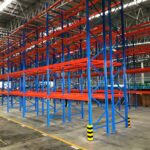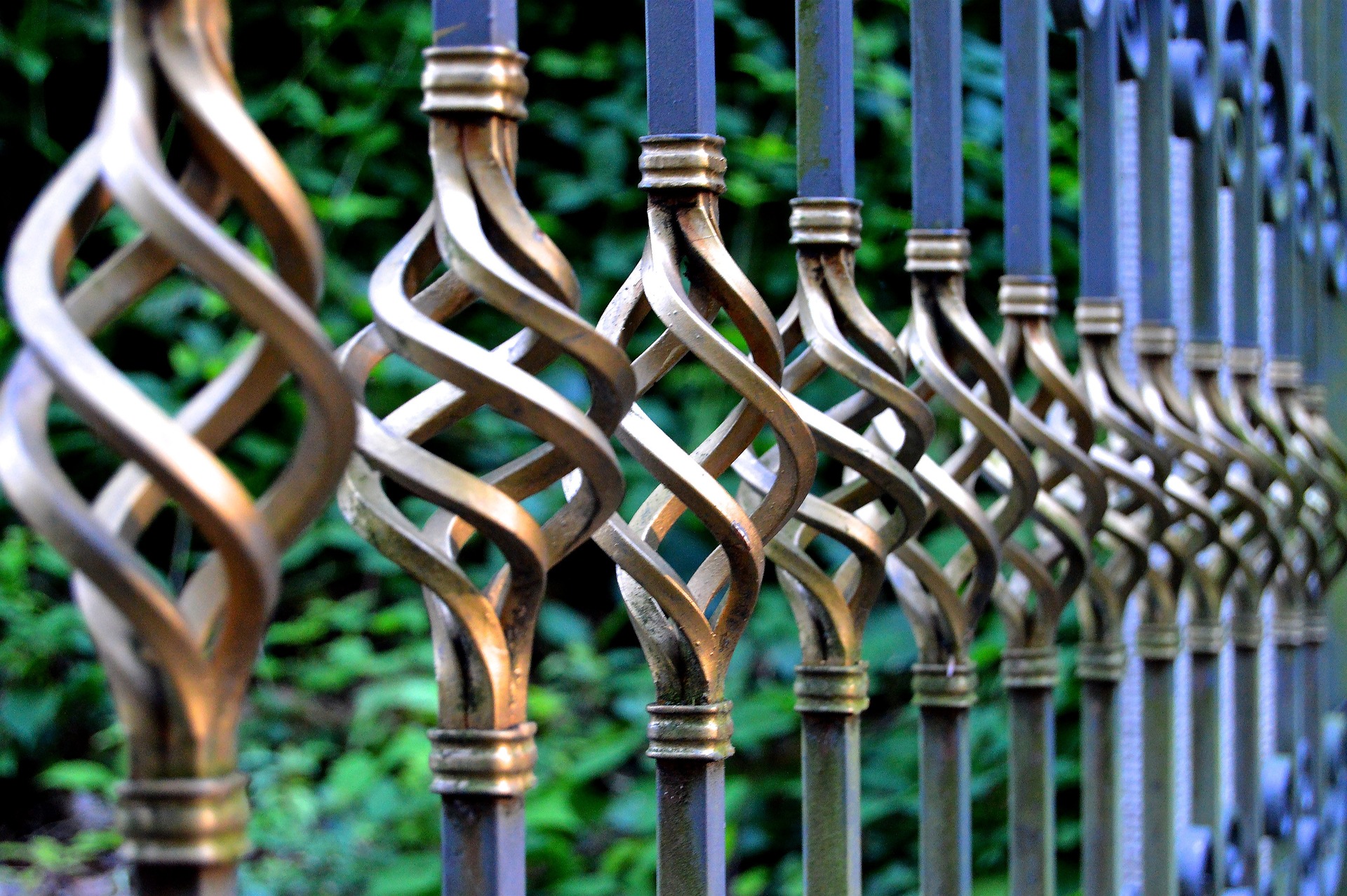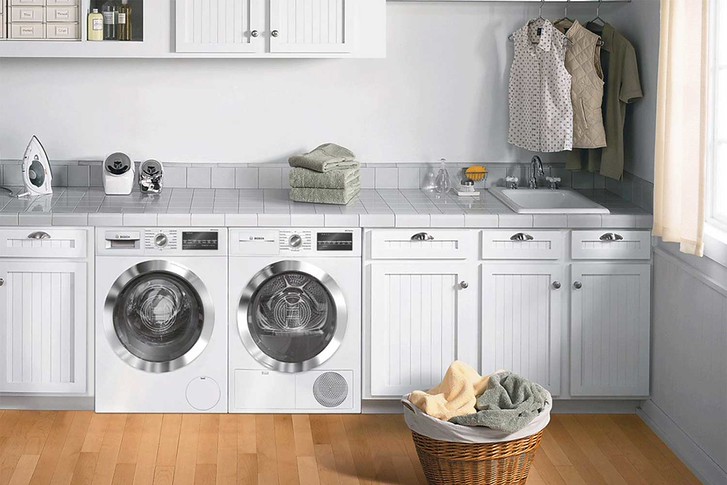
When it comes to choosing a fence for your property, the options can seem overwhelming. Each type of fencing material comes with its own set of advantages and challenges, making the selection process a crucial step in enhancing your property’s security, privacy, and overall aesthetic appeal. This comprehensive guide aims to demystify the world of fencing materials, offering insights into both traditional and modern options.
We’ll explore a range of materials, from the classic charm of wood to the durability of metal, and the low-maintenance appeal of synthetic options. By examining the strengths and weaknesses of each material, we’ll help you navigate through the choices to identify the best fencing materials for you. Whether you’re prioritizing longevity, style, or budget-friendliness, understanding the characteristics of different fencing materials is key to making an informed decision. This knowledge will guide you towards selecting the best fencing materials for your specific needs, ensuring you choose a solution that you’ll be satisfied with for years to come.
Wood Fencing
Wood remains one of the most popular fencing materials, cherished for its natural beauty and versatility. Its affordability and ease of customization make it an attractive option for many homeowners. The warm, natural look of wood complements most landscapes, adding a classic touch to any property.
However, wood fencing isn’t without its drawbacks. It requires regular maintenance, including staining or painting to protect it from the elements. Wood is also susceptible to rot, insect infestation, and warping over time, which can shorten its lifespan compared to some other materials. Despite these challenges, many homeowners find the aesthetic appeal of wood worth the extra care it demands.

Vinyl Fencing
Vinyl fencing has surged in popularity due to its durability and low maintenance requirements. This synthetic material offers a clean, uniform look that can last for decades with minimal upkeep. Vinyl fences are resistant to rot, insects, and fading, making them an excellent choice for those seeking a long-term solution.
One of the main advantages of vinyl is its versatility in style and color options. From classic white picket fences to privacy panels in various hues, vinyl can mimic the look of other materials while offering superior durability. The initial cost of vinyl fencing is higher than wood, which can be a deterrent for some. Additionally, vinyl can become brittle and crack in extreme cold, and repair options are limited if damage occurs.
Aluminum Fencing
Aluminum fencing offers a sleek, modern look combined with excellent durability. Its lightweight nature makes it easier to install than some heavier materials, yet it doesn’t compromise on strength. Aluminum is naturally resistant to rust, making it an ideal choice for areas with high humidity or proximity to saltwater.
This type of fencing requires very little maintenance beyond occasional cleaning, which adds to its appeal. Aluminum fences come in various styles and colors, allowing homeowners to find options that complement their property’s aesthetic. While aluminum fencing provides security, it doesn’t offer much in terms of privacy due to its typically open design. It’s an excellent choice for properties with slopes or for those who want to maintain views while securing their perimeter.
Wrought Iron Fencing
Wrought iron fencing stands out for its classic, elegant appearance and unparalleled durability. This material has been used for centuries and continues to be a popular choice for high-end properties. The strength of wrought iron makes it an excellent security option, while its malleability allows for custom designs and decorative elements.
The main drawbacks of wrought iron are its high cost and maintenance requirements. To prevent rust, periodic painting or treating is necessary, especially in humid climates. Additionally, wrought iron fencing offers little in terms of privacy due to its open design. Despite these considerations, many homeowners choose wrought iron for its timeless appeal and the statement it makes about their property.
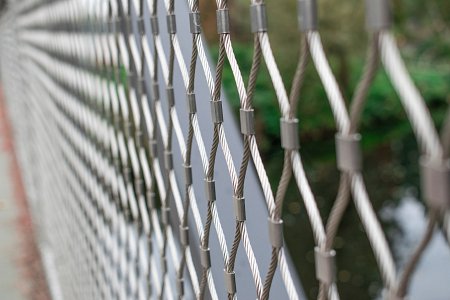
Chain Link Fencing
Chain link fencing is renowned for its cost-effectiveness, particularly when enclosing large areas. Its simple design and durable materials make it a popular choice for commercial properties, sports fields, and homeowners prioritizing function over form. Chain link fences are quick to install and require minimal maintenance, adding to their practical appeal.
However, the aesthetic limitations of chain link fencing are significant. It provides little in terms of privacy and is often considered less attractive than other fencing options. Some homeowners mitigate these issues by incorporating slats or growing vines along the fence. Despite its utilitarian appearance, chain link remains a go-to option for those needing to secure large spaces on a budget.
Composite Fencing
Composite fencing represents a modern solution that combines the best qualities of wood and plastic. This innovative material offers the warm, natural look of wood without the associated maintenance headaches. Composite fences panels are engineered to resist rot, insect damage, and fading, making them an excellent choice for homeowners seeking longevity.
One of the most appealing aspects of composite fencing is its eco-friendly nature. Many composite products are made from recycled materials, appealing to environmentally conscious consumers. While the initial cost of composite fencing is higher than traditional wood, many find the long-term savings in maintenance and replacement costs justify the investment. However, it’s worth noting that composite fencing can be prone to mold growth in particularly damp climates, and color options may be more limited compared to other materials.
Steel Fencing
Steel fencing stands out for its unparalleled strength and security. This material is often chosen for high-security areas or industrial settings due to its robust nature. Steel fences can withstand extreme weather conditions and are highly resistant to damage, making them a long-lasting option for property owners.
The durability of steel comes with added benefits such as fire resistance and low maintenance requirements. However, the strength of steel also presents challenges. These fences are heavy and can be difficult to install without professional help. While modern steel fences are often treated to prevent rust, older or improperly maintained steel fencing can be susceptible to corrosion, especially in coastal areas. The cost of steel fencing can be prohibitive for some, but for those prioritizing security and longevity, it remains an excellent choice.
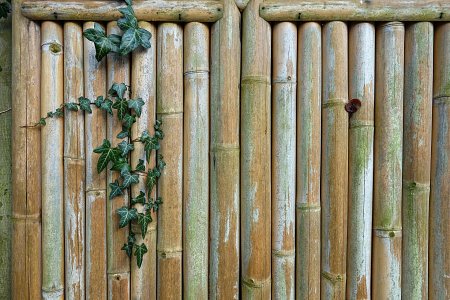
Bamboo Fencing
Bamboo fencing offers a unique, natural aesthetic that appeals to those seeking an eco-friendly option. This fast-growing grass is a sustainable resource, making it an attractive choice for environmentally conscious homeowners. Bamboo fences can create a tropical or zen-like atmosphere in a garden, adding a distinctive touch to the landscape.
The installation of bamboo fencing is relatively quick and straightforward, which can be advantageous for DIY enthusiasts. However, the durability of bamboo can vary significantly depending on the quality of the material and how it’s treated. Without proper maintenance, bamboo can be susceptible to weathering and insect damage. Regular sealing or staining is often necessary to prolong its lifespan. While bamboo fencing may not offer the same longevity as some other materials, its unique appearance and eco-friendly nature make it a compelling option for certain homeowners.
PVC Fencing
PVC (Polyvinyl Chloride) fencing has gained popularity as an alternative to traditional materials. This synthetic option offers many of the benefits of vinyl fencing, including durability and low maintenance requirements. PVC fences are resistant to moisture, insects, and UV rays, ensuring they maintain their appearance over time without the need for painting or staining.
One of the main advantages of PVC fencing is its versatility in design. It can be manufactured to mimic the look of other materials, such as wood or wrought iron, while offering superior weather resistance. PVC is also available in a wide range of colors, allowing homeowners to easily match their fence to their property’s aesthetic. However, like vinyl, PVC can become brittle in extremely cold temperatures, and its synthetic nature may not appeal to those preferring more natural materials. Despite these considerations, PVC remains a popular choice for those seeking a durable, low-maintenance fencing solution.
Making the Right Choice for Your Property
Choosing fencing material is a decision that requires careful consideration of various factors, including budget, maintenance preferences, climate, and aesthetic desires. Each material offers its own set of advantages and challenges, and what works best for one property may not be ideal for another.
As you weigh your options, consider not only the immediate costs but also the long-term implications of your choice. Factor in the maintenance requirements, expected lifespan, and how well the fencing will complement your property’s overall look. Don’t hesitate to consult with fencing professionals who can provide insights specific to your local area and needs.
Remember, the right fence does more than just mark your property line – it enhances your home’s curb appeal, provides security and privacy, and can even increase your property value. By taking the time to understand your options and make an informed decision, you’ll ensure that your new fence serves its purpose beautifully for years to come.





